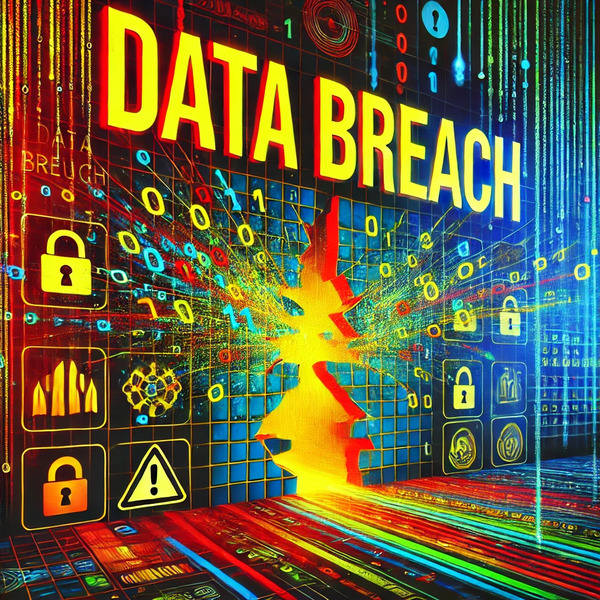In today’s digital age, the issue of data security has become a top priority for individuals and businesses alike. The terms “data breach” and “data leak” are frequently mentioned in the media, often used interchangeably. However, it is important to understand that these two incidents have distinct differences, each with its own implications for those affected. Being able to distinguish between the two is essential in effectively responding to such incidents and safeguarding sensitive information.
A data breach occurs when unauthorized individuals or entities intentionally or unintentionally gain access to confidential or sensitive data. The hallmark of a data breach is the unauthorized access to protected information, which can occur through various means such as hacking, phishing attacks, or exploiting system vulnerabilities. Examples of data breaches include hackers infiltrating a company’s database to steal customer data, insiders misusing confidential information, or ransomware attacks encrypting data for ransom demands.
The stolen or exposed data from a data breach can be used for malicious purposes like identity theft, fraud, or corporate espionage. Due to the intentional nature of the access, data breaches often lead to legal consequences such as fines, lawsuits, and damage to a company’s reputation. Key characteristics of a data breach include unauthorized access by cybercriminals, malicious intent, and the stolen data being used for illegal activities, often resulting in notifications to affected parties due to legal obligations.
On the other hand, a data leak typically occurs when data is inadvertently exposed or made accessible to the public or unauthorized individuals. Unlike a data breach, there is usually no malicious intent behind a data leak; instead, it is often caused by human error or poor security practices. Examples of data leaks include misconfigured cloud servers that make sensitive files publicly accessible, employees mistakenly sending confidential documents to the wrong recipient, or websites inadvertently exposing user data due to coding errors.
While data leaks do not involve the intentional theft of data, they can still have serious consequences as the exposed data can be accessed by anyone, including malicious actors. Key characteristics of a data leak include exposure due to human error or security lapses, no malicious intent behind the exposure, and the exposed data being accessible to anyone with the right permissions, potentially leading to reputational damage or legal action.
Understanding the difference between a data breach and a data leak is crucial for businesses to determine their response strategies, liability, and the necessary measures to prevent further exposure. Data breach protocols often include immediate investigations, legal notifications, public disclosures, and credit monitoring for affected individuals. Consumers can also benefit from understanding these differences to assess the risk and impact of a data exposure incident, enabling them to take steps to protect their personal information promptly.
In conclusion, while data breaches and data leaks are often used interchangeably, they represent distinct incidents with different causes, consequences, and responses. Both incidents can have significant implications for privacy, security, and compliance, underscoring the importance of robust cybersecurity measures and data protection protocols to safeguard sensitive information. By understanding these differences, individuals and businesses can better protect their data and respond effectively in the event of a security incident.
